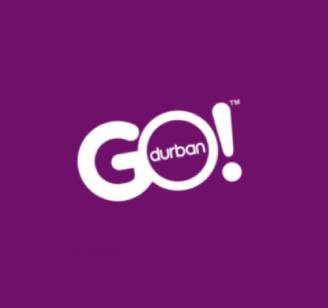Plans
Strategic vision and roadmap for GO!Durban's future.

GO!Durban is eThekwini Municipality’s Integrated Public Transport Network aimed at providing safer, more reliable, efficient and accessible public transport to all Durban Residents and Visitors. The GO!Durban programme is being implemented in four phases over a twenty-to-thirty-year timeframe and is funded through the Public Transport Network Grant (PNTG) from the National Department of Transport.
The National Land Transport Act (NLTA) of 2009 stipulates that municipalities that are implementing Integrated Public Transport Networks are required to negotiate with existing affected operators from the public transport sector on their participation in the new system.
The GO!Durban programme is currently implementing Phase One of the network comprising of three road-based BRT routes, namely, C3, C1 and C9 and the Inner-City Distribution System (ICDS).
Learn more about the different implementation areas of the GO!Durban Programme.
A BRT service caters for mass-transit and is run in dedicated right-of-way lanes using universally accessible articulated or rigid, low floor buses and stops at stations and terminals. The frequency of buses is much higher for this service, ranging from five to thirty minutes between buses arriving at stations, depending on peak and off-peak periods. There are eight BRT routes within the GO!Durban Network.
The Feeder service collects passengers from communities using midi-bus and mini-bus taxi type vehicles, and feeds to the BRT service for passengers to continue their journey to other areas within Durban. A Complementary service also uses midi-bus and mini-bus taxi type vehicles, but does not feed passengers to the BRT service, instead it transports them between areas. There are over 1000 feeder and complementary routes within the GO!Durban Network.
The Inner-City Distribution system refers to looping type services using a variety of modes such as buses, mini-bus taxis and non-motorised transport. Public Transport services operating outside of the inner-city will truncate at a specific point at the border of the inner-city, and the Inner-City service/s will collect these passengers and distribute them within the Central Business District (CBD).
A mass-transit, greener commuter rail service that forms an integral part of the GO!Durban network. The existing rail line is a major route connector to the BRT and feeder type services. The rail route, called C2, will be operated in partnership with PRASA.
Metered Taxi and E-Hailing services are on-request type services using light motor type vehicles. Bookings can be done in advance or when required through the stipulated booking method of the service provider. Metered and E-Hailing services may also serve as feeders to other service types within the GO!Durban network. These services will be regulated by government.
The service that caters for people with disabilities, known as Dial-A-Ride, is a door-to-door service with specialised equipment on midi-bus type vehicles. Bookings are made through a call centre and trips are allocated based on various factors. Services within the GO!Durban network does cater for ALL passenger types, including disabled people, therefore, the Dial-A-Ride service will eventually prioritise its service for severe or unique disabilities.
The GO!Durban programme comprises of eleven workstreams to deliver on the Integrated Public Transport Network: